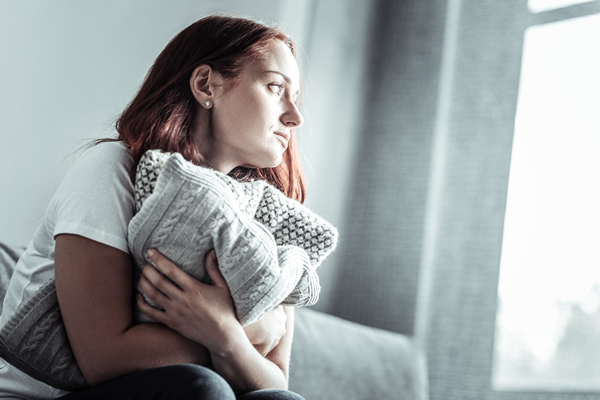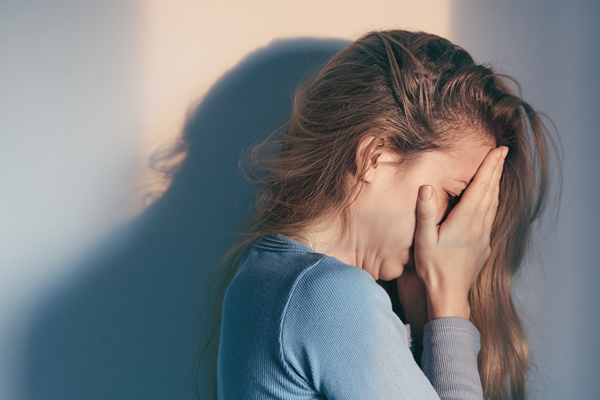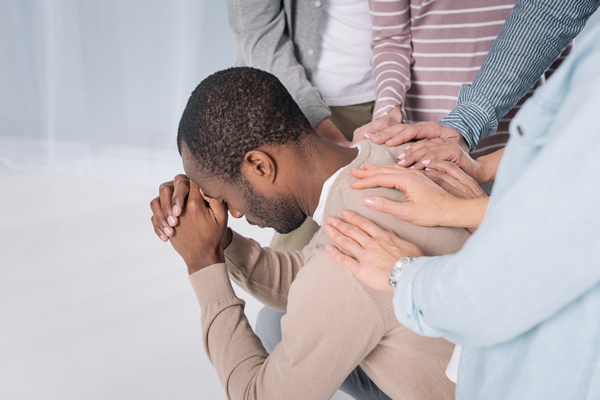Microdosing and Medication-Assisted Treatment: A Proven Path to Recovery
Opioid addiction is one of the most destructive and debilitating diseases a person can suffer from. Not only does it ravage the body, but it destroys families, careers, and lives. In 2019, the Chicago EMS responded to 23 opioid overdoses daily. This number’s been growing yearly. In 2020, fentanyl-laced drugs were responsible for over 70% of overdose deaths in Cook County. There is a solution—medication-assisted treatment. And for some, a newer but similar approach—microdosing.
We have Fentanyl Doctors near Rockford, Northbrook, Tinley Park, North Aurora, Rockford, Ottawa, and Peoria, Illinois. Contact us today to begin your customized recovery program.

Are you looking for Fentanyl Treatment?
Brightside has Fentanyl addiction treatment clinics across Chicagoland. Get an appointment as early as today.
Fentanyl Detox
The first step on the road to recovery from fentanyl addiction is detoxification. Detoxification is removing all traces of the drug from your system. This process can be difficult and painful, but it is essential for your long-term health and well-being. There are several fentanyl detox methods; the best way for you depends on your situation and needs.

Fentanyl Raised the Stakes
The synthetic opioid fentanyl is 50 to 100 times more potent than heroin. It’s created in clandestine labs and mixed with or sold as heroin, cocaine, and pills. Fentanyl causes overdose because people using drugs don’t know it’s in their supply. A single misstep can be fatal.
It’s also increasing addiction rates. Fentanyl is more addictive than heroin because it enters the brain faster and binds more strongly to opioid receptors. This means people using fentanyl get addicted faster and have a harder time quitting.
The strength also makes withdrawal, which is already difficult, even more so. Despite the dangers of opioid addiction and fentanyl, medical professionals find people with opioid use disorder hesitant to seek treatment because of the fear of withdrawal. This hesitancy also steers people from life-saving medication-assisted therapies like methadone and Suboxone.
What is Medicated-Assisted Treatment (MAT)?
MAT is the use of FDA-approved medications and counseling and behavioral therapies to provide a “whole-patient” approach to treating substance use disorders. MAT is not just replacing one addictive drug with another. It’s about helping people struggling with addiction stabilize their lives and regain control.
There are a few options for MAT, but the most common are methadone and Suboxone. Methadone is a long-acting synthetic opioid that blocks the effects of other opioids and eases withdrawal symptoms. It’s dispensed daily at specialized clinics.

Suboxone is a film that dissolves under the tongue. It contains buprenorphine, an opioid that prevents withdrawal and cravings, and naloxone, which reverses the effects of opioids and blocks their euphoric effects if someone tries to misuse them.
A newer option approved by the FDA is Sublocade, a monthly injection of buprenorphine. Sublocade offers people in recovery more flexibility and freedom than daily pills or films because it offers a steady dose for 30 days. MAT won’t get you high but can help you feel normal and ease withdrawal symptoms so you can focus on your recovery.
MAT is proven to be effective. A government report from the South Dakota Departments of Health and Social Services shows MAT saves lives. The treatment protocol reduces the death rate for people with OUD by 50% or more. Nearly 90% of patients using medication-assisted treatment maintain sobriety at 24 months.
At the Brightside Clinic, we offer Suboxone treatment and Sublocade injections. Our team of doctors and counselors will work with you to create a personalized treatment plan that meets your unique needs.
The Bernese Method for Medicated-Assisted Treatment
The Bernese Method is a unique approach to MAT that’s effective for treating opioid addiction. People with OUD take smaller doses of buprenorphine than what’s typically prescribed. They work with a doctor to increase their dose gradually. The entire process takes seven to ten days and improves the body’s tolerance while reducing withdrawal symptoms.
The process takes time to get rid of all the opioid drugs in your system, so you don’t go into withdrawal when you take buprenorphine. The overlap is slower than traditional MAT because you’re microdosing. This method is also more effective for people who have built up a tolerance to opioids.
Reducing the Negative Effects of Buprenorphine
While MAT is an effective treatment for opioid addiction, it’s not perfect. People with OUD still experience severe cravings and withdrawal symptoms when taking buprenorphine. These side effects can lead to treatment failure and relapse, especially in the fentanyl era.
Buprenorphine is a partial agonist, which means it has some of the same effects as other opioids but is not as strong. When people with OUD take buprenorphine-naloxone, they may still experience cravings and withdrawal symptoms. The Bernese Method can reduce the harmful side effects of buprenorphine-naloxone.

Is Microdosing Safe With Ongoing Use of Opioids?
Research and studies suggest microdosing is a safe and effective way to reduce the harmful side effects of buprenorphine. The method isn’t new—clinicians have been using it since 2010.
By overlapping and tapering, patients can eventually take larger doses of buprenorphine and stop using opioids altogether. The risk of relapse is lower with the Bernese Method because patients can stay on a smaller dose of buprenorphine for longer, experience fewer withdrawal symptoms, and reduce opioid use completely.
Are you looking for Fentanyl Treatment?
Brightside has Fentanyl addiction treatment clinics across Chicagoland. Get an appointment as early as today.
What is a “Low Dose” of Buprenorphine
These are minimal amounts, as low as 0.2mg to begin and to increase by 20% to30% daily over a seven to ten-day period. The target dose is 16mg daily, with a maximum of 24mg. The officially recognized amount is slightly higher-starting at 0.5. Patients continue to use opioids until reaching the target dose.
Microdosing Doesn’t Require Hospitalization
One benefit of microdosing is that we can do it on an outpatient basis. You won’t need to stay in a treatment center or hospital while you detox. You’ll work with your doctor to increase your dose gradually and taper off opioids.
As synthetic opioids grow in strength and availability, clinicians need to adapt their methods to ensure the safety of their patients. But the changing face of addiction, with more people using fentanyl, makes microdosing an attractive option for clinicians and patients. More research is necessary to perfect the technique.
The Bernese Method is another tool in the MAT toolbox. It’s not for everyone, but it’s an option worth exploring if you’re struggling with opioids. The Brightside Clinic offers the Bernese Method as part of our individualized treatment plans. Contact us today to learn more about how we can help you on the road to recovery. Call 224-205-7863 or visit one of our locations in Rockford, Northbrook, Tinley Park, North Aurora, Rockford, Ottawa, and Peoria, Illinois.
Brightside Clinic has a detoxification program that is tailored to your specific needs. We use a variety of methods to help you detoxify, including medication, counseling, and support groups. Our goal is to help you through this challenging process so that you can start on the road to recovery.
